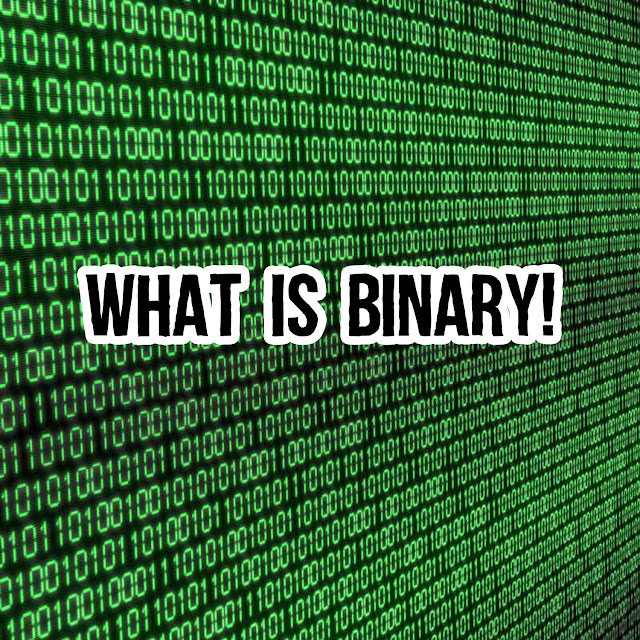Converting binary numbers to decimal or vice versa is a fundamental operation in computer programming and digital electronics. Here are the steps to convert binary to decimal and decimal to binary:
Converting binary to decimal:
Write down the binary number.
Write the place values of each digit. Starting from the rightmost digit, the place values are 1, 2, 4, 8, 16,
32, 64, 128, 256, 512, 1024, and so on, each place value being twice the previous value.
Multiply each digit of the binary number by its corresponding place value, and add up the results. For example, if the binary number is 10101, the corresponding place values are 1, 2, 4, 8, and 16, and the calculation is: 1x1 + 0x2 + 1x4 + 0x8 + 1x16 = 21.
So the decimal equivalent of the binary number 10101 is 21.
Converting decimal to binary:
Write down the decimal number.
Divide the decimal number by 2, and write down the quotient and the remainder.
Divide the quotient by 2, and write down the quotient and the remainder again.
Continue dividing the quotient by 2 and writing down the quotient and remainder until the quotient is 0.
Write the remainders in reverse order to get the binary equivalent of the decimal number. For example, if the decimal number is 21, the calculation is: 21/2 = 10 remainder 1, 10/2 = 5 remainder 0, 5/2 = 2 remainder 1, 2/2 = 1 remainder 0, 1/2 = 0 remainder 1. So the binary equivalent of the decimal number 21 is 10101.
There are also online calculators and tools that can convert binary to decimal and decimal to binary, which can save time and reduce the risk of errors. You can also use our website tools, the link is in the related post.🠋🠋🠋
"If you find any error then please comment and please support and follow our website."
Related Post:
Decimal
Binary to Decimal
Decimal to Binary
Decimal to Hexadecimal
Binary numbers list and Table


Post a Comment